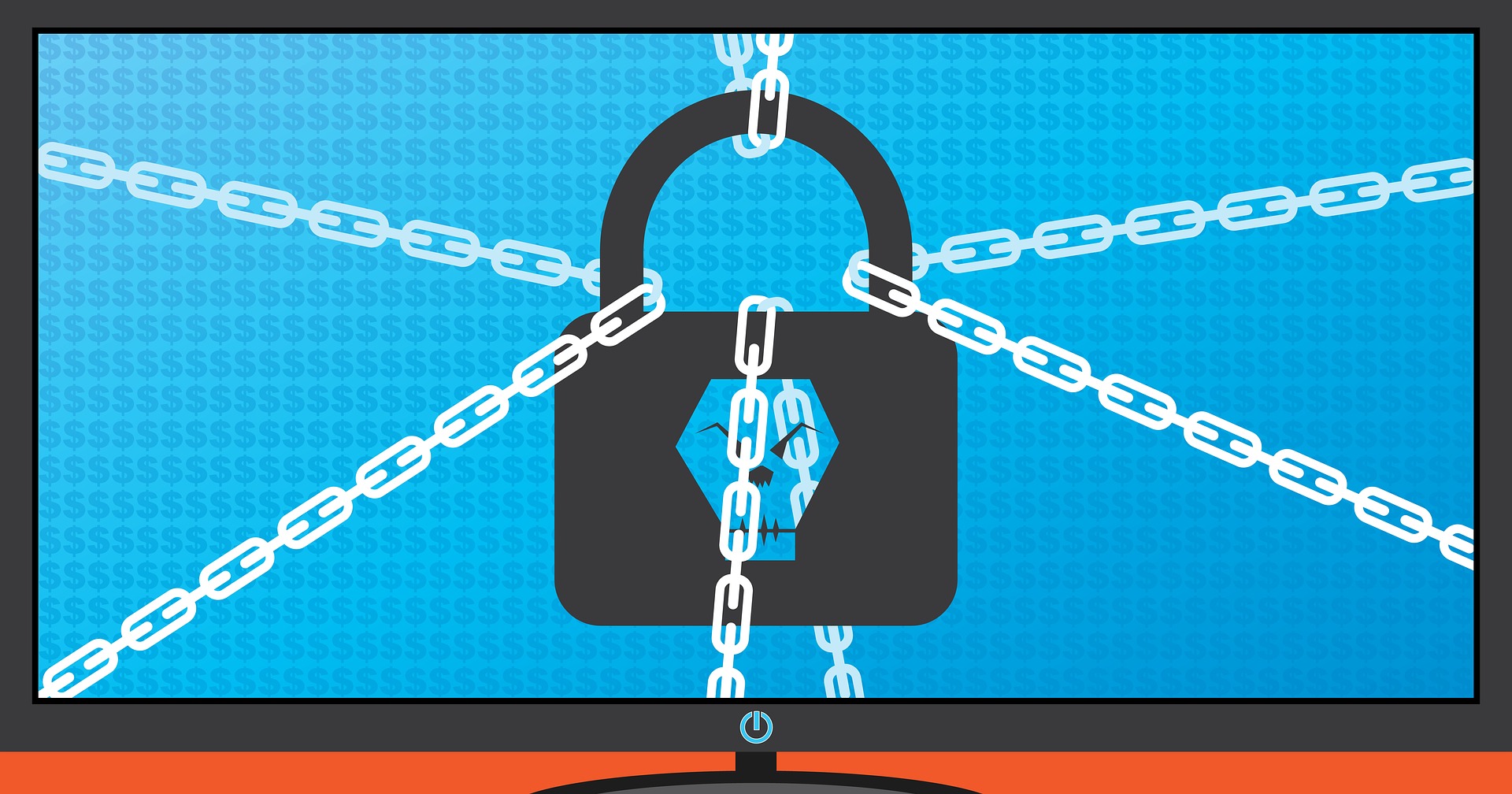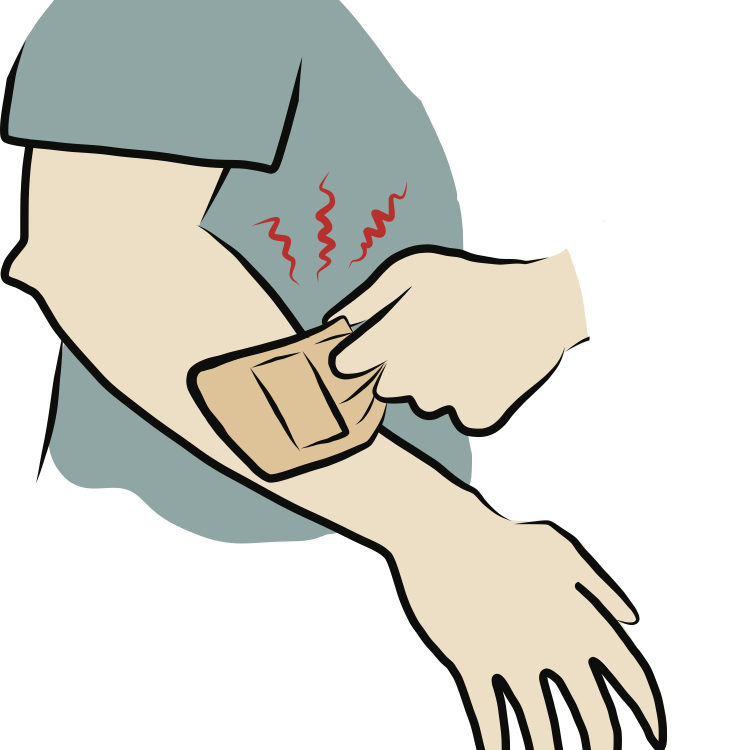The Alarming Surge in Ransomware Attacks

You’ve seen this in films like Ransom and The Big Lebowski. A ransom is demanded for the release of a character who has been taken hostage. While not as common as Hollywood may make it appear, there is a type of ransom that has real-world implications that are concerning.
Since the mid-2000s ransomware has become a prominent threat to enterprises, SMBs, and individuals. However, it’s believed that the first instance of a ransomware attack took place back in 1989 by targeting healthcare.
For that unaware, ransomware, as defined by TechTarget, “is a subset of malware in which the data on a victim’s computer is locked — typically by encryption — and payment is demanded before the ransomed data is decrypted and access is returned to the victim.”
“The motive for ransomware attacks is usually monetary and, unlike other types of attacks, the victim is usually notified that an exploit has occurred and is given instructions for how to recover from the attack,” adds tech writer Ben Lutkevich. “Payment is often demanded in a virtual currency, such as bitcoin so that the cybercriminal’s identity is not known.”
However, as we become more dependent on technology and have spent the last year working remotely, the scale and severity of ransomware attacks have become alarming. According to Insurance Thought Leadership, these cyberattacks have surged about 200% in the past two years. What’s more, the demand has surged from around $10,000 to $100,000.
However, you do not have to be a victim of these vicious attacks if you’re more informed. Below we answer some common questions about ransomware.
How many businesses are affected by ransomware?
According to a survey conducted by security firm Sophos, in 2020, 51% of organizations were hit by ransomware. Even more troubling? In 73% of these attacks, the criminals succeeded in encrypting the data.
How much does ransomware cost businesses annually?
Just to illustrate how ransomware attacked have skyrocketed, in 2018 the estimated cost of ransomware attacks was $8 billion. A year later, that figure rose to $11.5 billion. In 2020? It ballooned to $20 billion.
What is the average ransomware payment demand?
In Q2 2020, the average ransom payment was $178,254! That’s a 60% leap from the $111,605 average in Q1. If you’re a small business owner, you can have a little solace in knowing that this figure is $5,900.
What is the average cost of ransomware downtime?
“The average downtime cost per incident has soared over 200% from the previous year,” states a study from Datto. In 2019, the average cost of downtime, which includes, which can include lost opportunities and reduced production, was $141,000.
How much does it cost to recover from a ransomware attack?
You would think that if you paid the ransom, that’s the only cost involved. Unfortunately, it’s been found that this can double the cost of recovery. In fact, the average cost to recover from a ransomware attack was $1.4 million for those who paid the ransom, but only $732,000 for those who didn’t.
What percentage of ransomware victims pay the ransom?
A quarter of businesses actually make payments to hackers.
How often do ransomware victims recover their data?
It’s been found that 56% of organizations have been able to recover their data by using a backup, while another 12% used different means. This shows that data backup is one of the most effective ways to mitigate this risk.
Does insurance cover ransomware?
“Cybersecurity insurance is now the norm, with 84% of organizations reporting that they have it,” notes the Sophos survey. “However, only 64% have cybersecurity insurance that covers ransomware. This means up to one in five organizations (20%) are paying for cybersecurity insurance that doesn’t cover ransomware.”
How does ransomware spread most commonly?
Ransome is most commonly spread by phishing emails, software vulnerabilities, and server weakness exploits. Because small businesses don’t possess adequate protection, server exploits are most prevalent, while phishing emails have become the most effective.
What are the most common malicious file types?
According to Symantec, the company behind Norton Security, the most common ransomware file extensions are .DOC and .DOT. These just so happen to be the extensions for a Microsoft Word document.
Who are the most common ransomware attack targets?
“In 2020, there have been ransomware attacks against organizations of all sizes across industry sectors,” writes Laurie Iacono and Keith Wojcieszek for Security Magazine. “A high number of attacks, however, have primarily targeted three sectors: professional services, healthcare, and education.” However, the public sector tends to be less affected.
How often are companies hit by ransomware?
In 2019, companies were affected by ransomware every 14 seconds. It’s anticipated that in 2021 a company will be hit by ransomware every 11 seconds.
How long does a ransomware attack take?
According to Microsoft, in over 96% of ransomware infections, it took under four hours to successfully gain access to their target’s information.
How many ransomware attacks are successful?
In 2020, 73% of all ransomware attacks succeeded. If there’s any good news is that 24% of these attacks were intercepted before any data can be encrypted.
What are the real-world consequences of ransomware attacks?
Ransomware doesn’t just result in monetary damage to business owners. It can also have a ripple effect on the daily lives of each and every one of us. For example, it has closed healthcare, government, and educational operations.
Most recently, ransomware has shut down the Colonial Pipeline which caused four states to declare a state of emergency. What’s more, cybercriminals are also targeting solar power firms and water treatment plants.
How can your organization protect itself from ransomware attacks?
If you want to defend yourself from ransomware attacks, here are some steps that you should take;
- Check for decryption tools, such as the “No More Ransom” project.
- Never pay the ransom!
- Back up your data daily and move critical assets offline.
- Frequently update your software so that it has the appropriate security patches.
- Adopt multi-factor authentication across the board.
- Use file activity monitoring (FAM) solutions to monitor access patterns of legitimate users, as well as to detect unusual activity.
- Filter emails and web content to quarantine threats and remove suspicious links
- Utilize endpoint detection and response (EDR) tools
- Train your employees so that they’ll practice proper cyber hygiene practices
- If you don’t have it, purchase cyber insurance or make sure that your current policy will cover ransomware attacks.
Don’t take this lightly. The surge in ransomware attacks is alarming and requires immediate action so that you will not become a victim.



